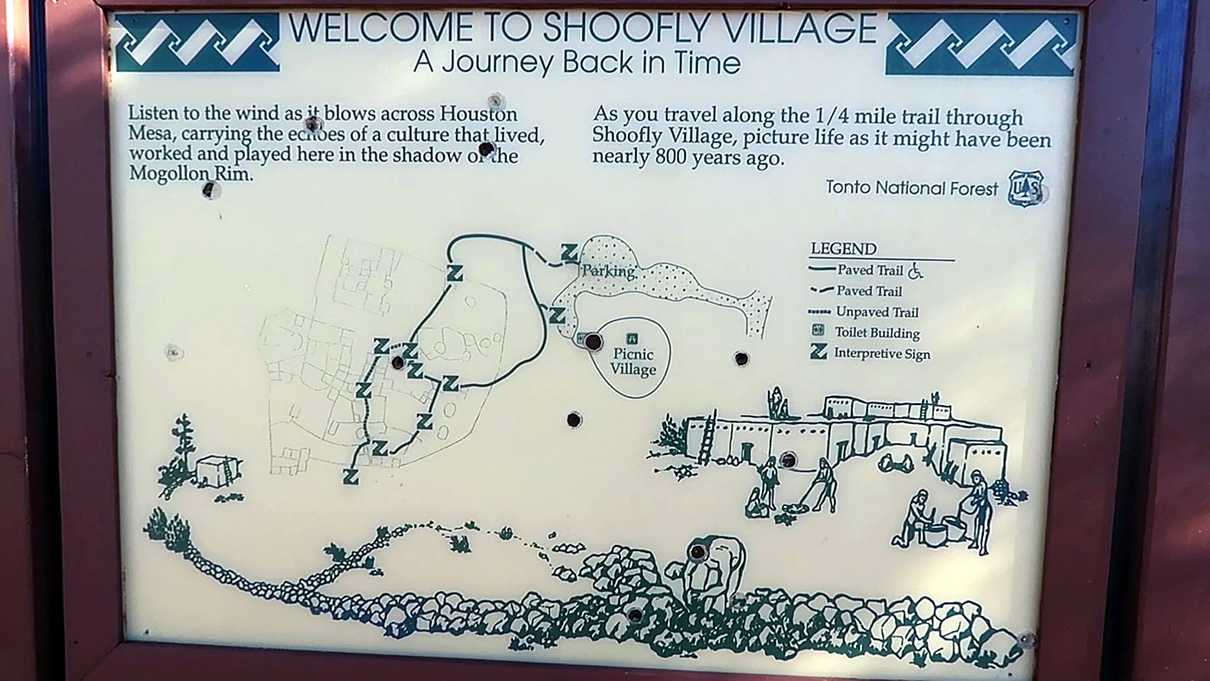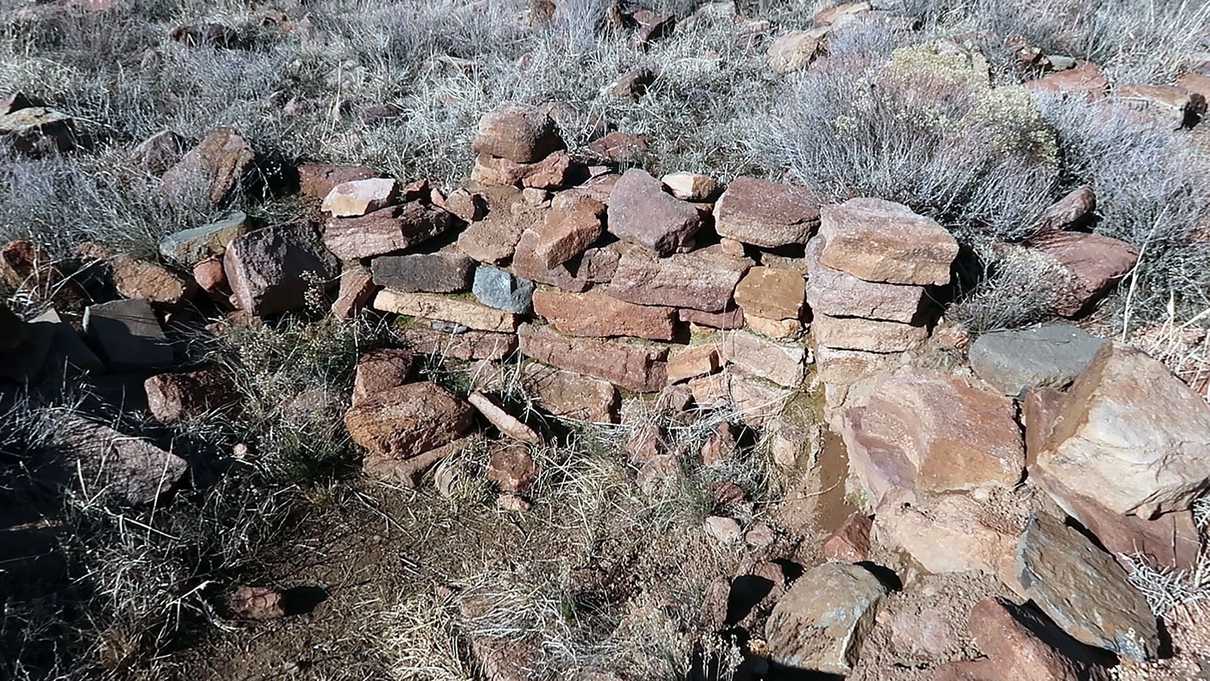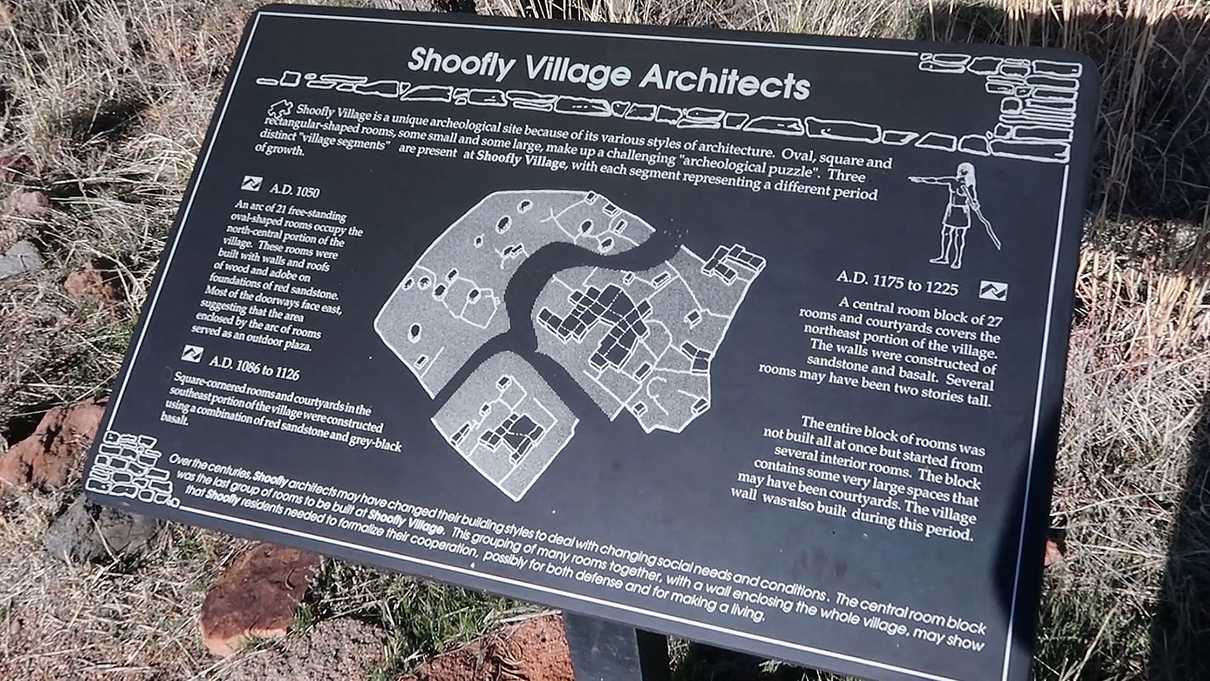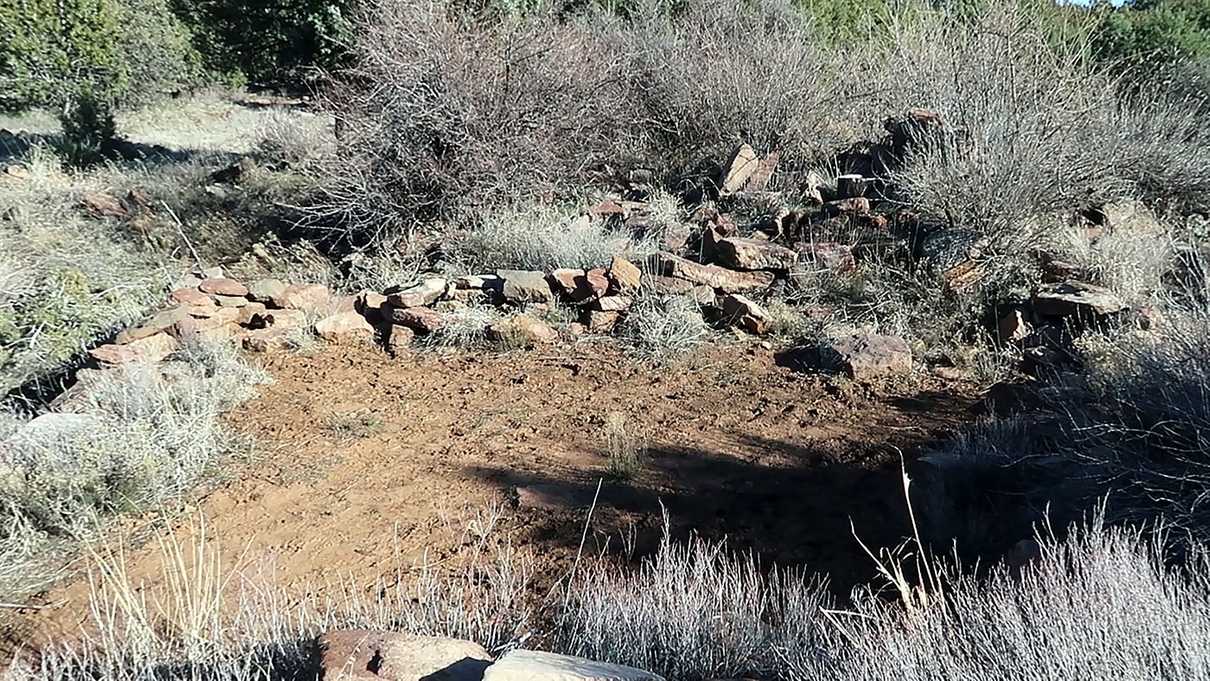Education & Imagination of Arizona Heritage at Shoofly Village Ruin
Old remains of civilizations long past are one of our favorite things be they ghost towns or old Indian ruins. There’s something about them that sets the imagination running. Living, breathing people just like you or I used to eat, sleep and experience life right where we stand while visiting. They had worries and moments of joy just the same. It’s pretty fascinating to think about.
One location that really drove this home is the Indian village ruins of Shoofly. The Shoofly Village Ruins is a free site located in the Tonto National Forest just north of Payson and not far from Tonto Natural Bridge State Park. The location is easy to find. Simply turn on Houston Mesa Rd from AZ-87 and drive past the Houston Mesa Campground (a location we would love to visit in the future!). There is ample parking and a paved loop trail that is an easy 0.25 miles in length suitable for visitors of all ages.
Throughout the self-guided trail, signs stand full of information to educate the visitor. They aid in providing facts about the inhabitants of the village, the architecture and era of the buildings, and the archeological efforts made over time to uncover the remains. Definitely stop and take a moment to read them as they greatly enhance the experience.
It is here where I feel it would be best to explain that this is a site without a lot of reconstruction. Much of what you will see here are low walls and rock outlines of where buildings once stood. It is helpful to come with an open imagination and a willingness to read the signs and learn about the village that once stood here. If you are seeking Indian ruins that are well preserved or reconstructed and as close as possible to what they originally looked like (and there are plenty of those in Arizona), this is unfortunately not one of them.
Established near the Mogollon Rim the Shoofly Village Ruins are what remain of a village thought to be occupied between 1000 A.D. and 1250 A.D. The ruins were originally occupied by people with ties to the Hohokom and Salado Indians. During our adventures, we’ve seen many examples of Indian ruins across Arizona which were dwellings inhabited by these two cultures. A playlist of our videos can be found here if you are curious to learn more.
The culture that lived here had a great location with plentiful resources. Situated in the Tonto National Forest, there was no shortage of wood to use for building and fuel. Stone was available for tools and buildings as well. The Payson Basin area allowed for canals and irrigation to be used for farming, something the population of Shoofly utilized.
Hunting and farming were primary ways the inhabitants made their living. Crops common to the area were beans, squash and corn which have been found in remains. Animals hunted were likely deer, elk, rabbits and turkey. Pottery remnants found by archeologists at Arizona State University included storage jars, grinding stones and hearths. If you look closely enough, you might see fragments here and there of pottery, however, much has unfortunately been taken from the site. It should go without saying, please leave remains where they should be and not to take any as a souvenir.
With its location central to other cultures such as the Mogollon, Hohokom, Salado and Sinagua, trade was common here. Evidence can be found in artifacts archaeologists uncovered. Trade expanded the availability of pottery, jewelry and minerals as well as the village’s architecture style.
The Village Ruins are composed of three different architecture groupings which represent different ages in the growth of the village. Early oval rooms along with later square and rectangular shapes stood where once families slept, ate, gathered and generally lived their day to day lives. Eventually adjoining square block rooms, much like a modern apartment building, were built.
As necessity grew, so did the village and eventually it expanded to encompass roughly 4 acres of land. All in all, the village contained around 80 rooms with several courtyards for gatherings and a wall which encircled the entire village. It isn’t known if the wall was used as a defensive feature but with the location on the Houston Mesa, the residents would have had excellent views of the surrounding area.
Much like other cultures in the area at the time, not a lot is known about what happened to the culture or where they went. Theories about similar cultures were that the groups might have migrated due to drought or conflict. It could be possible that the dwellers at Shoofly Village integrated with other cultures due to their location.
While not much remains other than the outlines of what once were buildings and walls, the signage is helpful, plentiful and supplies visitors with information. The pathway is paved and accessible. And you cannot beat a free activity for the family to do. So come equipped with your imagination and spend a short but pleasant time taking in the scenery and interesting facts about a culture long gone.



